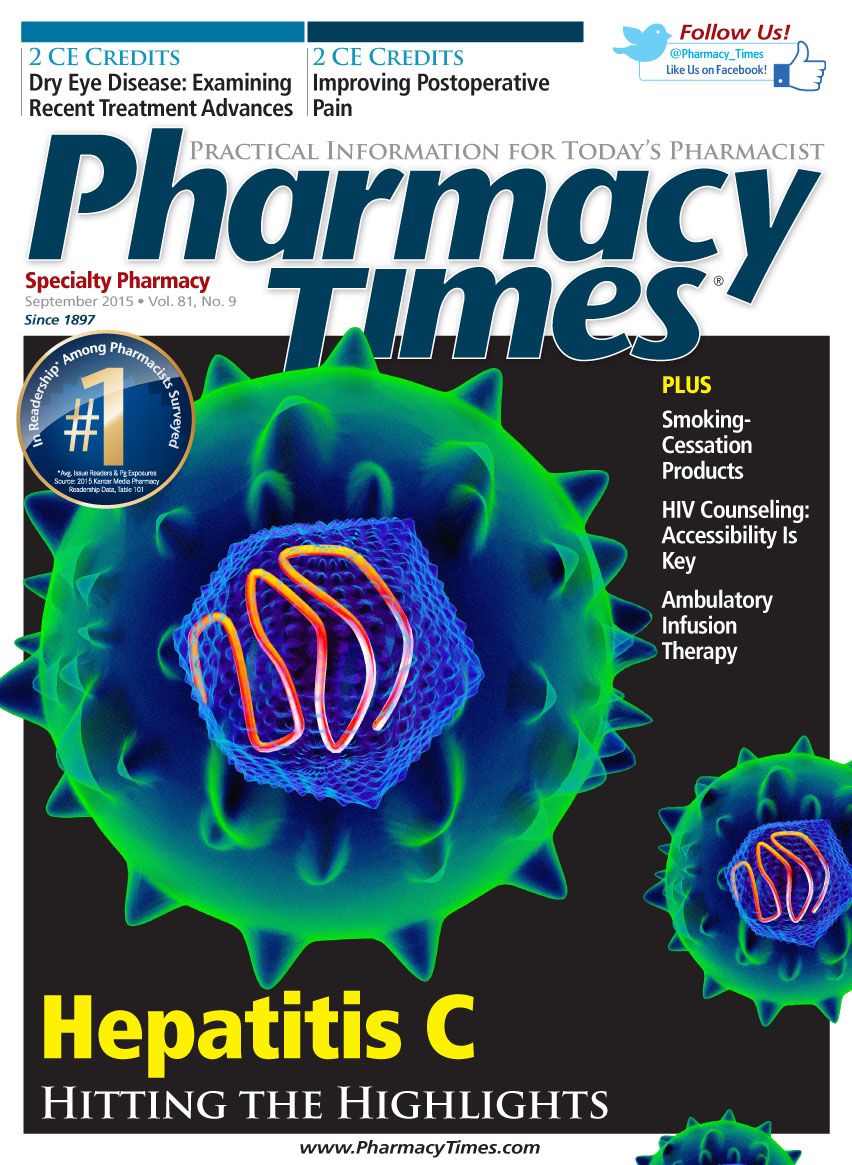Publication
Article
Pharmacy Times
FDA Concedes Agency Has Difficulty Adequately Regulating Generics
Author(s):
As an increasing number of popular drugs loses patent protection, the FDA has said it will require additional resources to independently regulate generics.
As an increasing number of popular drugs loses patent protection, the FDA has said it will require additional resources to independently regulate generics. According to the FDA’s website, more than 8 in 10 prescriptions in the United States are filled with generic drugs and the Congressional Budget Office estimates that generic drugs save consumers between $8 billion and $10 billion annually. In 2014, the agency approved 409 new generic drugs, and so far this year, it has approved an additional 154.
The implications of the FDA’s inability to enforce its “rigorous standards” with respect to identity, strength, quality, purity, and potency of generics vís a vís their branded counterparts are, therefore, widespread.
With the growing prevalence of generics inviting increased scrutiny over the drugs’ regulatory framework, the agency has said “[the FDA] does not have the resources to perform independent clinical studies [for each drug] and lacks the regulatory authority to require industry to conduct such studies.”
US Rep. Rosa DeLauro (D-CT), former chairwoman of the Agricultural Appropriations Committee, agrees with the agency, and has contended, “The FDA is grossly underfunded and needs greater investments in order to ensure consumer safety.”
The Generic Pharmaceutical Association (GPhA), however, has opined that the FDA is not optimizing the resources it does have at hand. Ralph Neas, GPhA CEO and president, said in a recent press release that it is “confounding that the FDA still has $277 million in unused funds from the generic industry that could be applied to inspections or approvals.”
One major area of regulatory criticism the FDA has faced in recent years is the extent to which the agency is able to properly enforce quality control measures in Indian drug facilities—where 40% of US generics and OTC products are manufactured.
The main regulatory standards enforced by the FDA with respect to drug manufacturing are the Current Good Manufacturing Practice (CGMP) regulations. CGMPs “provide for systems that assure proper design, monitoring, and control of manufacturing processes and facilities” and “if adequately put into practice, help to prevent instances of contamination, mix-ups, deviations, failures, and errors,” according to the FDA’s website.
Only a few investigators, however, are permanently stationed in the countries where many foreign drug-manufacturing facilities exist. According to FDA spokesman Chris Kelly, there are 526 manufacturing facilities in India and just 10 FDA drug investigators in the country. Meanwhile, China is currently home to 517 facilities with just 3 investigators.
In one of the most high-profile oversight issues found in an Indian manufacturing facility, generic pharmaceutical giant Ranbaxy pleaded guilty to falsifying bioequivalence data for at least 15 different generics, including crucial cancer drugs, after a whistleblower exposed the massive fraud.
The Department of Health and Human Services 2015 work plan includes a planned review of how often the FDA inspects generic drug manufacturers as well as the enforcement actions taken when issues are uncovered.







